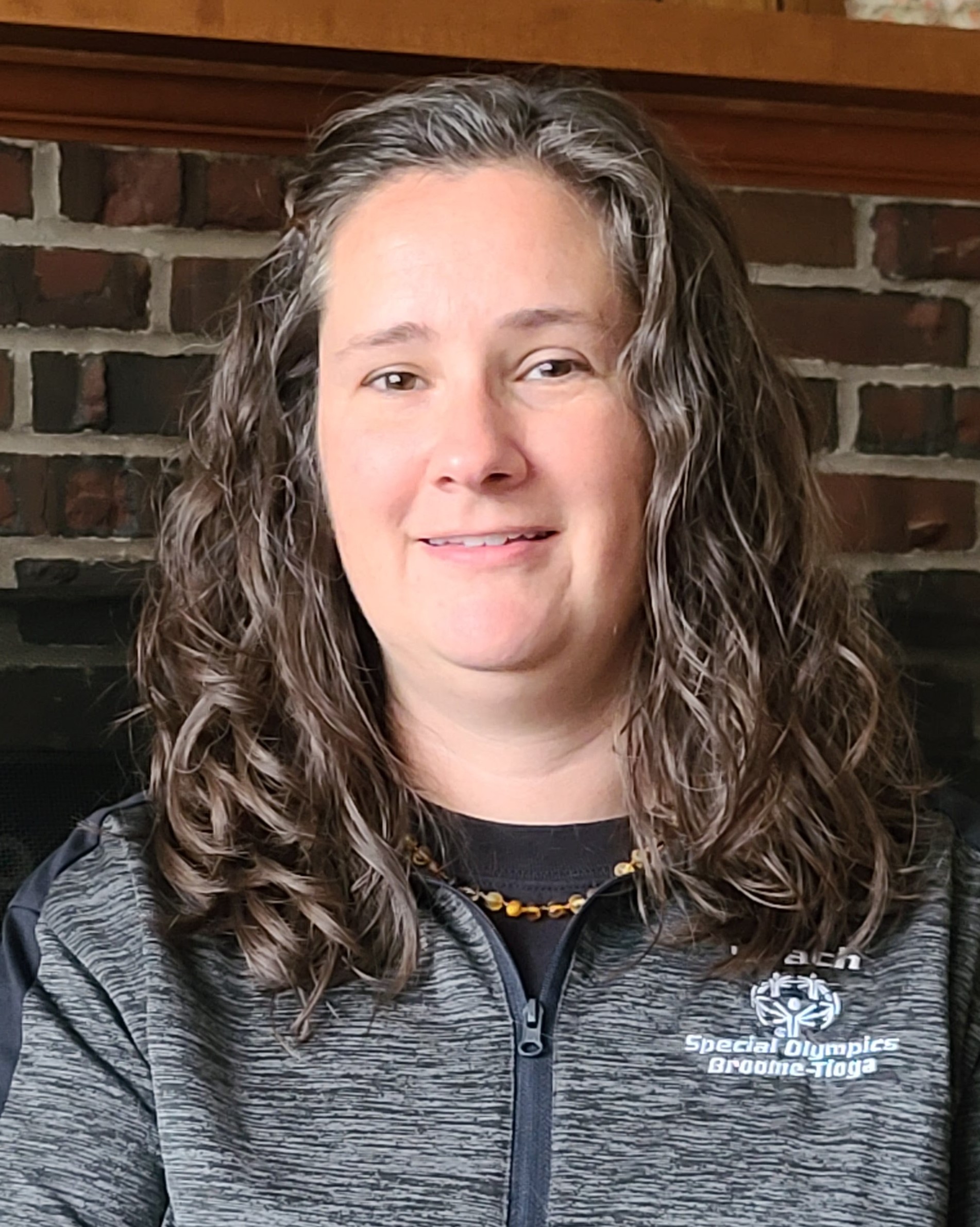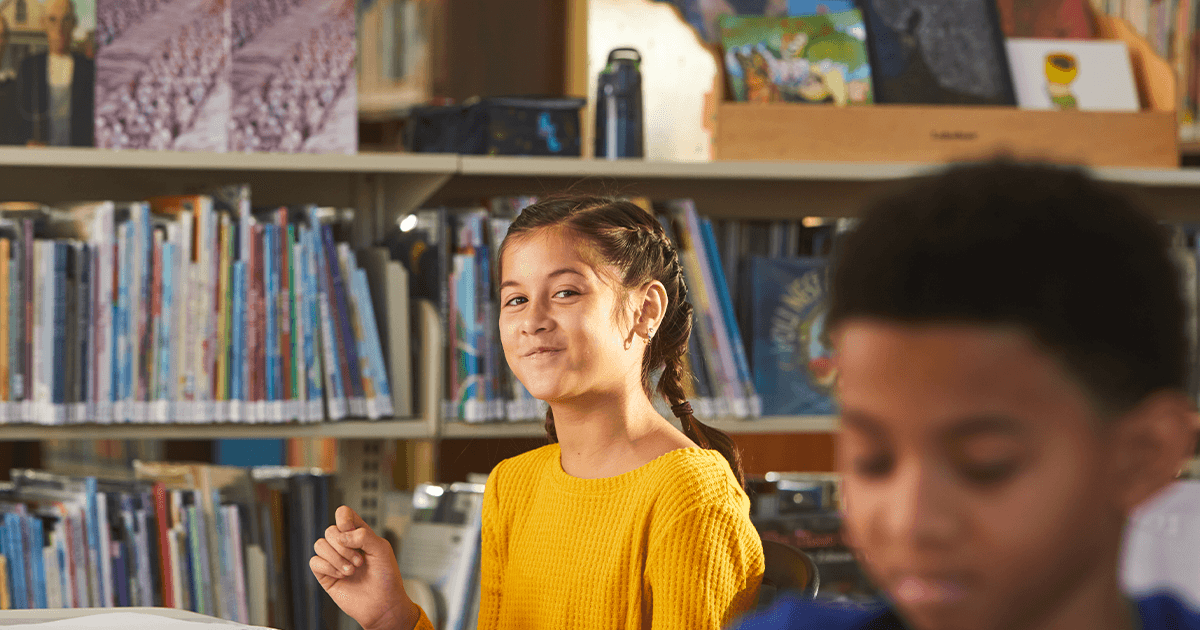Posted in: Aha! Blog > Great Minds Blog > Student Engagement Differentiation Dyslexia > Supporting Students with Dyslexia: An Educator and Parent Perspective
“Don’t just tell me the steps; I need to understand why and how it works.”—Anne to her math teacher
“Josh is one of the kids who participates the most in my science class. He also got a 97 on his last science test. He is only failing because he is not turning in the classwork.”—middle school science teacher
 “I know all the answers. I can either listen or write. When I choose to write, I just can’t keep up in class.”—Anne
“I know all the answers. I can either listen or write. When I choose to write, I just can’t keep up in class.”—Anne
“If you just read me the math problem, I can focus on making sense of it and solving it. It’s not the math that is the problem, it is my brain processing all the words, letters for variables, symbols, and the numbers.”—Anne
What is it?
The quotes above all come from conversations with my children and their teachers in the last year. Both of my children have dyslexia. Like many other types of neurodiversity, dyslexia affects how people reason, approach problems, and process the visual information in the world around them and is not connected to intelligence. Understood.org defines dyslexia as a “learning disability in reading.” While this is a common way to think about dyslexia, it hardly paints a complete picture.
When a person has dyslexia, their brain is simply wired differently. This wiring of the brain means a person with dyslexia might struggle with reading, writing, organization, memory, and time management. It also means that they may be gifted with amazing creativity, spatial awareness, communication skills, and the ability to think about the big picture (exceptionalindividuals.com).
Why is it important?
All of us need to understand dyslexia because research says it affects one in five people. That means 20 percent of the population approaches life and learning in a way that is not wrong but different from the rest of us. For example, a person with dyslexia might do the following:
- Generate big ideas like themes in a text or connections between seemingly unrelated books or math problems, even though they struggle with reading and comprehending smaller chunks of text
- Come up with an innovative and creative solution, even though they struggle to replicate the simple procedure they were taught
- Identify why a three-dimensional technical drawing is inaccurate, even though they struggle to spell and write letters and numbers without reversals
- Verbally describe the relationship between a set of equations and create a visual model to explain their thinking, even though they have difficulty discerning between the numerals 6 and 9 and the symbols < and >
As knowledge builders, we as educators need to approach concepts by thinking holistically about how students can show us what they know and understand and by thinking beyond the traditional written assignment. We need to pose bigger questions that allow for access to a wide range of starting points and perspectives and provide space for students to construct their own path to a solution.
How can we help children learn more effectively?
The following are some simple supports for students with dyslexia.
- Provide access to text in audio format.
- Allow for a variety of learning modalities.
- Give students options to demonstrate what they learned through writing, art, performance, presentations, and collaboration (to name a few).
- Create visual supports such as anchor charts and checklists for multi-step tasks.
- Ask students to annotate or highlight a completed set of notes instead of copying and writing down information during class.
- Have students use a calculator that displays numbers in Times New Roman font.
- Ensure that assignments emphasize the skill you are trying to assess by removing unrelated barriers.
- Ask “big picture” open-ended questions on assessments, not just multiple choice.
Helpful Resources
- Article: The Advantages of Dyslexia
- Website: Made by Dyslexia
- Book and website: The Dyslexic Advantage
- Video: TEDx The True Gifts of a Dyslexic Mind
- Video: TEDx The Creative Brilliance of a Dyslexic Mind
- Website: Exceptional Individuals: Dyslexia
Submit the Form to Print

LauraMarie Coleman
LauraMarie Coleman is a Eureka Math Implementation Success Specialist. She was formerly special education teacher and instructional coach at Broome Tioga BOCES in Binghamton, NY.










